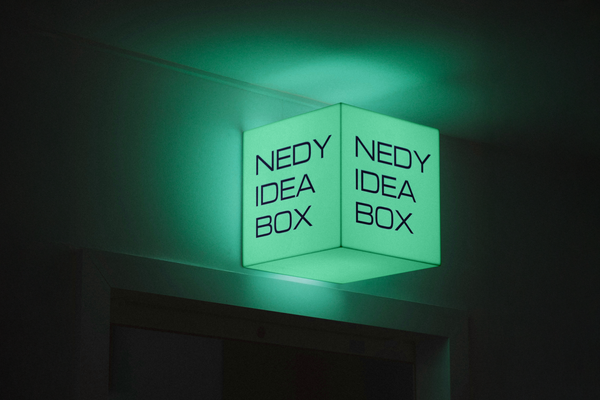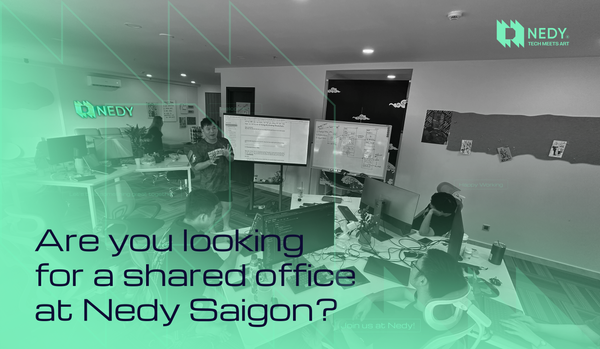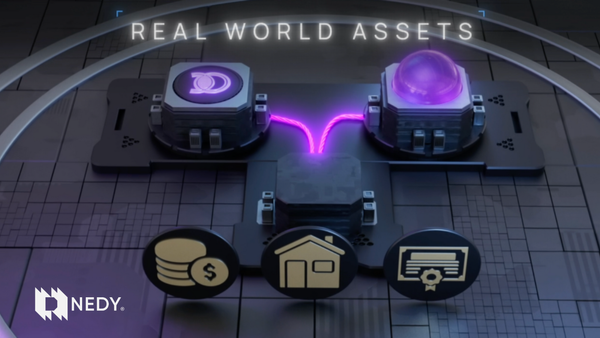The Lifecycle of a Digital Phenomenon - Dogecoin’s Place in History
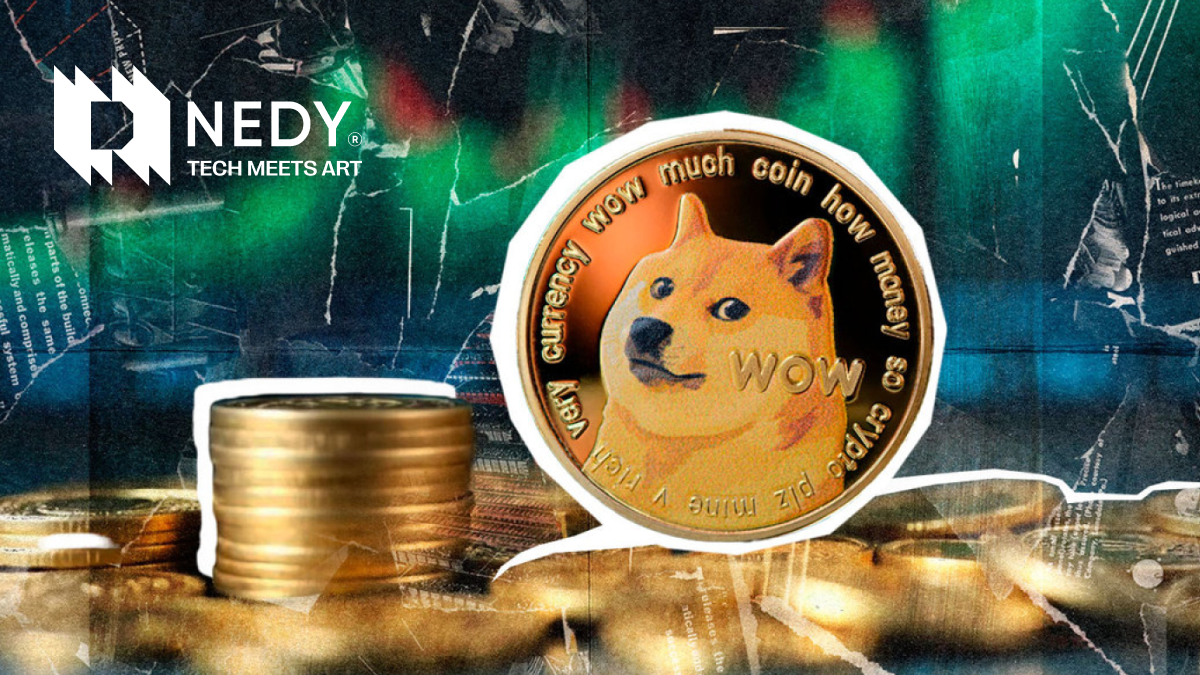
[Vietnamese Below]
The tech industry is a brutal arena where brands ignite with promise or collapse into obscurity. Their life cycle—introduction, growth, maturity, and decline—traces a volatile path through innovation and market whims.
Dogecoin, a cryptocurrency that started as a punchline, has blazed an unexpected trail, catching momentum while countless blockchain projects flounder in a fog of undefined branding.
By dissecting these stages with real-world examples and insights, we’ll explore why some tech brands captivate and others vanish, ultimately contending that blockchain marketing, viewed from an insider’s perspective, remains in its early stages—still grappling with how to tell a story that sticks.
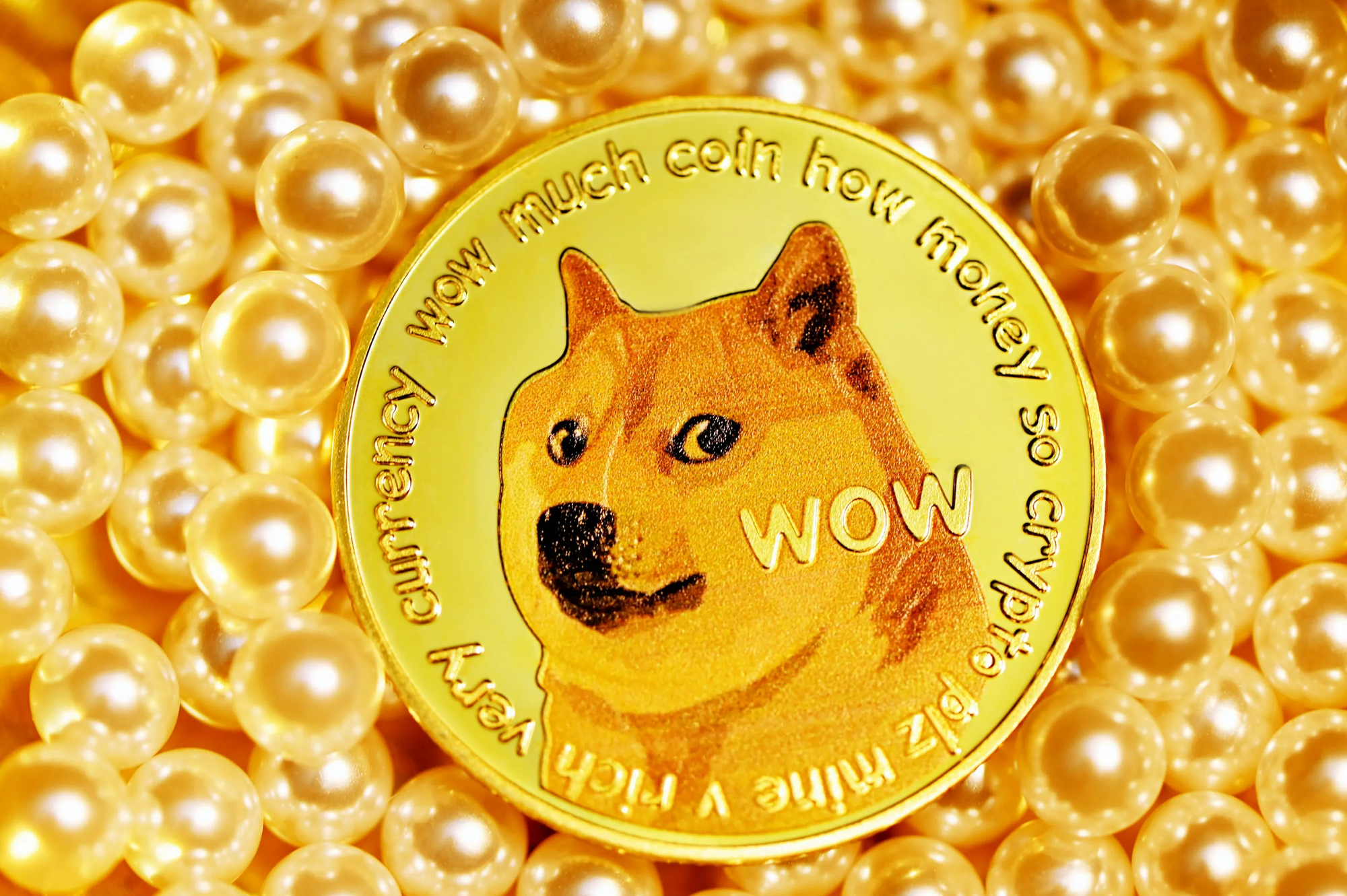
Introduction: The Spark of Something New
Every tech brand emerges from a single, unpolished idea, thrust into a world that’s equal parts opportunity and chaos. This introduction stage is about staking a claim, making noise amid a cacophony of competitors.
Dogecoin burst onto the scene in 2013, conceived by Billy Markus and Jackson Palmer as a satirical jab at Bitcoin’s solemnity.[1] In a 2014 Junkee interview, Palmer quipped, “After all, it is just a dog on a coin”, encapsulating its irreverent genesis [2]. Built around the “Doge” meme—a Shiba Inu paired with broken English captions like “much wow”—it wasn’t a calculated venture but a whimsical experiment, coded in a weekend and flung onto forums with zero fanfare.
Yet, that very absurdity gave it an edge. In a market flooded with earnest blockchain projects—thousands tracked by CoinMarketCap, each touting decentralized dreams—most fail to ignite.
They pile on whitepapers dense with buzzwords like “scalability” or “interoperability,” but their identities blur into a monotonous hum. Dogecoin’s quirky debut sliced through this clutter not with tech prowess but with a human hook: humor.
It didn’t promise to revolutionize finance; it just made people smile. This stage demands a visceral spark—something to grab attention when the audience is distracted. For every Dogecoin that lands a punch, dozens of others sink, their vague tech-speak unable to resonate. The lesson is clear: in the introduction phase, clarity of personality often trumps complexity of vision.
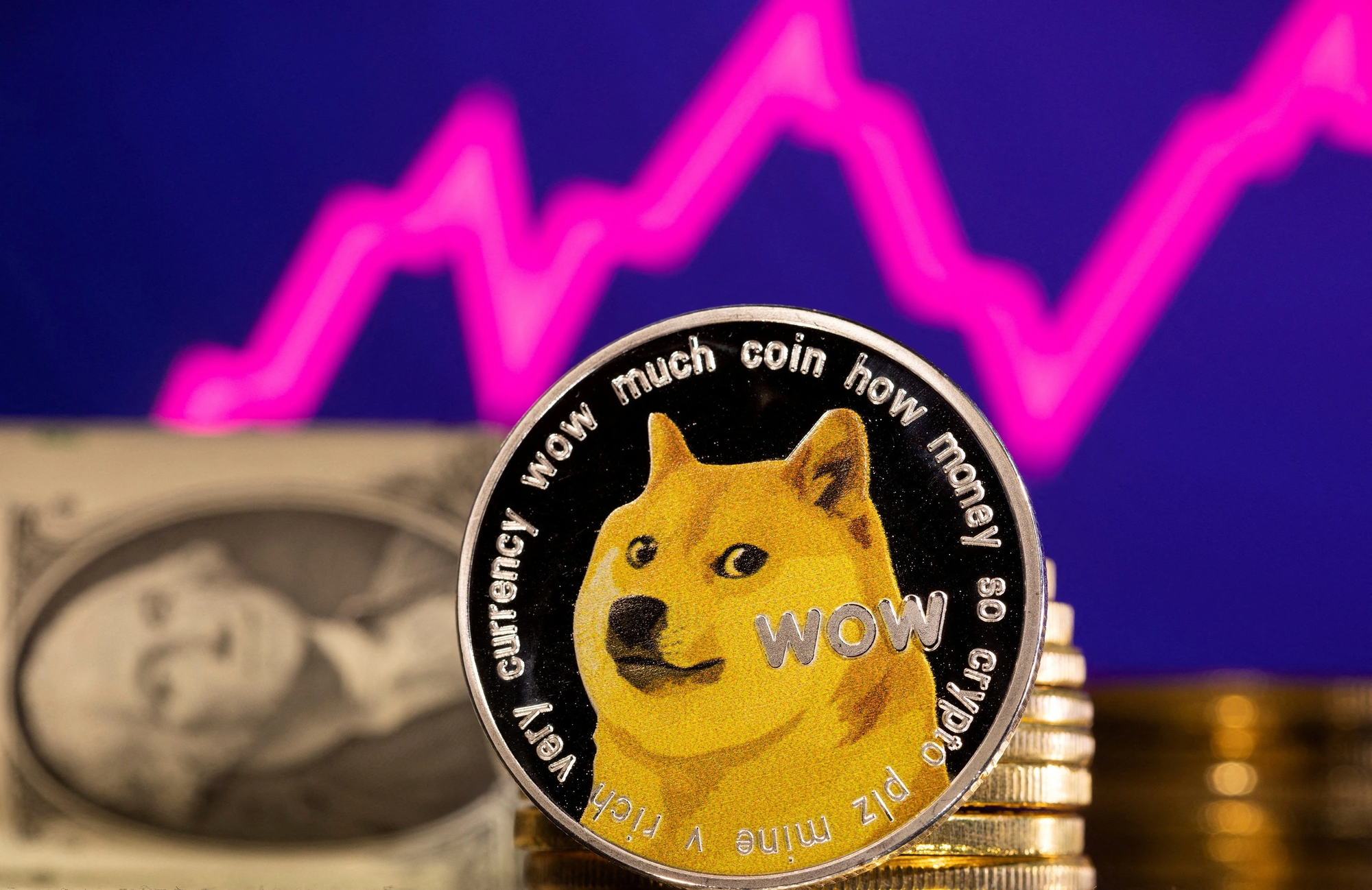
Growth: Riding the Wave
Once a brand hooks an audience, the growth stage transforms that flicker into a roaring fire. For Dogecoin, this erupted in 2021, propelled by a tweet from Elon Musk on February 4: “Dogecoin is the people’s crypto!” (X) [3].
The phrase lit a fuse, and its market cap soared to $85 billion (CoinGecko), an astonishing feat for a coin born as a gag. This wasn’t about technical superiority—Dogecoin’s blockchain was a Litecoin fork, hardly groundbreaking.
Instead, its ascent rode a tidal wave of community zeal, amplified by Reddit’s WallStreetBets and Musk’s relentless cheerleading. It became a symbol of defiance against crypto’s elitism, a middle finger to the suits, fueled by memes and FOMO rather than fundamentals.
Compare this to the graveyard of DeFi tokens from 2020’s yield-farming craze. Projects like SushiSwap [4] spiked briefly, promising insane returns, only to crash when the hype evaporated.
Their growth faltered because they leaned on utility without soul—complex protocols that dazzled insiders but left outsiders cold. Dogecoin’s surge, by contrast, was pure cultural momentum, a chaotic, organic swell that didn’t need a whitepaper to justify itself.
This phase isn’t about perfection; it’s about resonance. Reason takes a backseat to emotion, and Dogecoin tapped into a zeitgeist of irreverence that others couldn’t mimic. Growth is a wild ride—some brands crest the wave, but most wipe out, undone by their inability to connect beyond the niche.
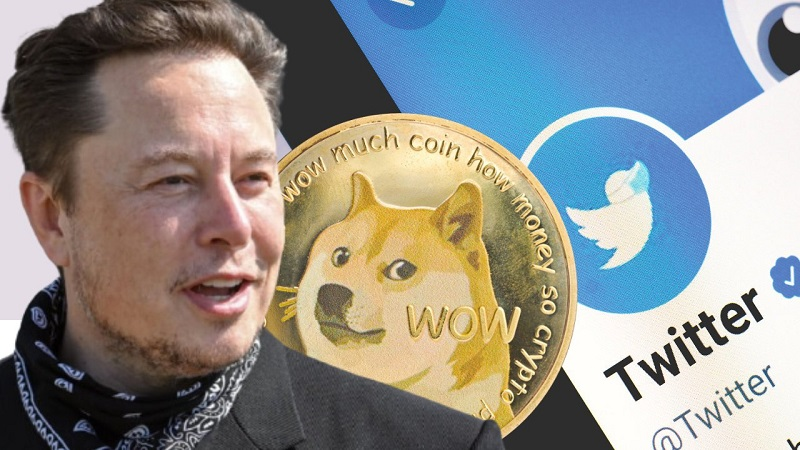
Maturity: Solidifying the Throne
Maturity arrives when a brand shifts from flash to foundation, embedding itself in the market’s fabric. Dogecoin’s inching toward this in 2025, bolstered by moves like an Ethereum bridge for DeFi applications, as reported by MaticZ in January [5].
Once a punchline, it’s now a fixture—its Shiba Inu logo a globally recognized emblem, even if its $20 billion market cap (CoinMarketCap, hypothetical 2025) lags Bitcoin’s trillion-dollar heft. Its staying power lies in a diehard community and a slow pivot toward practical use, like microtransactions or tipping, proving it’s more than a fading fad. It’s not a tech titan, but it’s carving a niche.
Look at Apple’s journey for a parallel. By the iPhone’s 2007 launch, it morphed from a scrappy innovator into a lifestyle juggernaut, its ecosystem locking in users. Dogecoin’s maturity is less polished—more cult classic than corporate titan—but the principle holds: sustaining relevance means evolving without losing what got you there.
Many blockchain projects never reach this plateau. Rivals like NEO or TRON, once hyped as “Ethereum killers,” stagnated as newer chains outpaced them, their branding too generic to retain loyalty. Maturity tests endurance—can you adapt while keeping your core? Dogecoin’s scrappy resilience suggests yes, but the road’s still long, and complacency could unravel it.
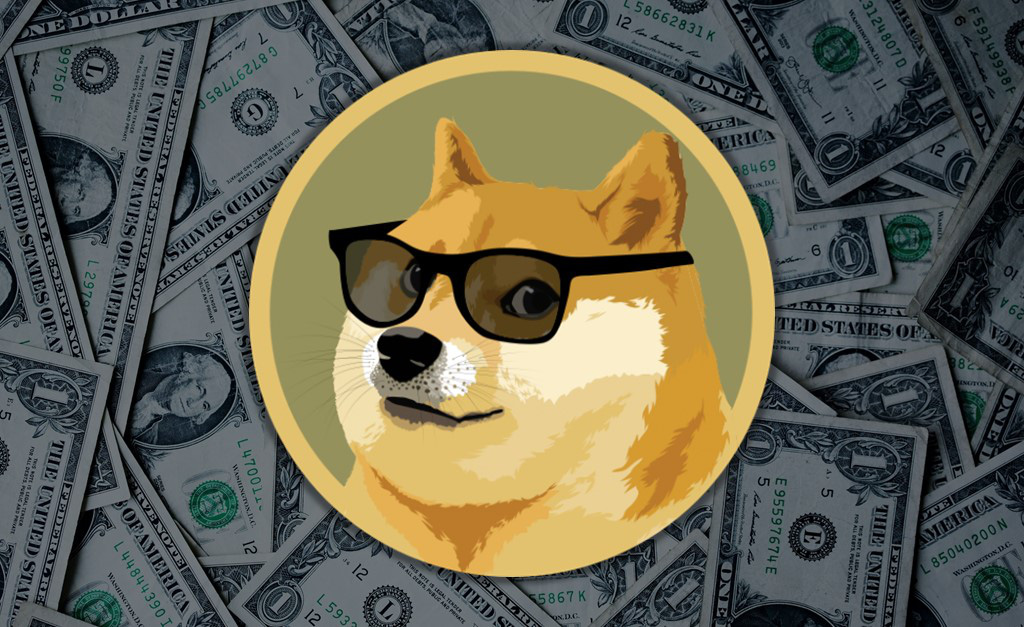
Decline: The Inevitable Fade
Decline looms over every brand that fails to reinvent itself, a shadow cast by shifting tastes or relentless competition. Dogecoin hasn’t hit this wall, but its 70% plunge from 2021’s peak [6] signals vulnerability—its fate tied to Musk’s whims and crypto’s volatility.
BlackBerry’s collapse offers a sobering precedent: a $80 billion titan in 2008, it crumbled by 2013 as iPhones redefined smartphones [7] . Its keyboards and email prowess couldn’t compete with touchscreens and apps, a failure to pivot that turned dominance into dust.
This stage is merciless—tech evolves relentlessly, and blockchain’s hype cycles sharpen the blade. Brands either disrupt themselves or get disrupted. Dogecoin’s not dead, but its lifeline hinges on staying nimble in a game that spares no one.
Blockchain Branding: An Insider’s Early-Stage View
Dogecoin’s improbable arc stands out against blockchain’s broader branding quagmire. Its rise wasn’t a marketing masterstroke but a fluke of timing—Musk’s tweets and Reddit’s roar turned a lark into a legend.
Crypto Robotic captured it in 2025: “Dogecoin's community has been key to its acceptance in the mainstream, promoting a vibe of fun and accessibility” [8] . Rivals like Polygon or Avalanche push technical feats—speed, scalability—but their messaging feels like a lecture, not a story, buried in acronyms and abstractions that alienate beyond the crypto bubble.
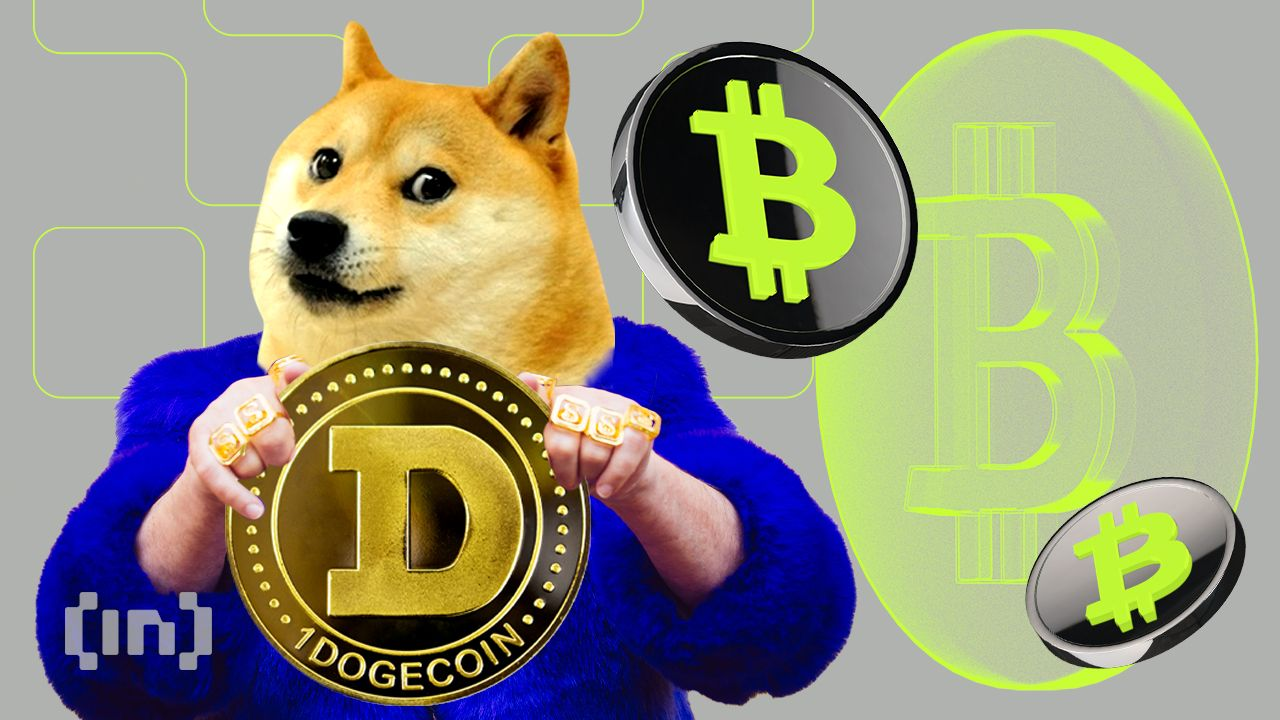
From an insider’s perch, blockchain marketing is still a toddler. Traditional giants like Nike cracked mass appeal with “Just Do It,” a slogan that’s emotion, not explanation. Crypto, despite a $2 trillion market (CoinMarketCap, 2025 estimate), leans on X threads and Discord rants, preaching to the choir. Dogecoin’s an anomaly—its “vibe” stumbled into the mainstream, but most projects lack that alchemy.
They’re stuck in a tech-first mindset, not a people-first one. Insiders know the potential’s vast, but the craft of branding—distilling complex ideas into human terms—lags years behind the innovations it’s meant to sell. Blockchain’s voice is still forming, raw and unrefined.
Conclusion: A Journey Just Begun
A tech brand’s lifecycle—from Dogecoin’s fluke to BlackBerry’s fall—is a treacherous odyssey of chance, grit, and adaptation.
One example per stage—Palmer’s quip, Musk’s tweet, MaticZ’s report, Crypto Robotic’s insight—reveals why some shine while others blur. Dogecoin’s momentum shows what happens when luck meets a spark, but it’s the exception in a blockchain world where branding remains embryonic.
Marketing here is stuck in the introduction stage—full of tech dazzle but short on narrative heft. The next great brand, one that matures into a mainstream force, is still out there, gestating in a field that’s only begun to find its voice. Dogecoin’s a teaser; the blockbuster’s yet to come.
______________
Vòng đời của một hiện tượng kỹ thuật số – Vị trí của Dogecoin trong lịch sử
Ngành công nghệ là một chiến trường khốc liệt, nơi các thương hiệu có thể nhanh chóng vụt sáng hoặc rơi vào quên lãng. Dogecoin, xuất phát từ một trò đùa vào năm 2013, đã bất ngờ trở thành một biểu tượng văn hóa, trong khi vô số dự án blockchain khác chìm trong sự mơ hồ.
Giai đoạn khởi đầu: Dogecoin ra đời như một trò đùa của Billy Markus và Jackson Palmer, sử dụng meme Shiba Inu làm thương hiệu. Không có chiến lược marketing phức tạp, Dogecoin thu hút sự chú ý nhờ sự hài hước, điều mà nhiều dự án blockchain khác thiếu.
Giai đoạn tăng trưởng: Năm 2021, Dogecoin bùng nổ sau dòng tweet của Elon Musk, đẩy vốn hóa lên 85 tỷ USD. Khác với các dự án DeFi thất bại vì quá tập trung vào kỹ thuật, Dogecoin thành công nhờ cộng đồng mạnh mẽ và sự lan truyền của văn hóa meme.
Giai đoạn trưởng thành: Dogecoin dần tìm thấy vị trí, với các ứng dụng thực tế như thanh toán vi mô. Dù không phải “gã khổng lồ,” Dogecoin duy trì sức hút nhờ bản sắc riêng biệt.
Giai đoạn suy tàn? Chưa đến, nhưng Dogecoin phải tiếp tục thích nghi để tránh số phận của BlackBerry.
Blockchain marketing vẫn ở giai đoạn sơ khai, thiếu đi một câu chuyện hấp dẫn. Dogecoin chỉ là khởi đầu—tương lai vẫn còn bỏ ngỏ.


